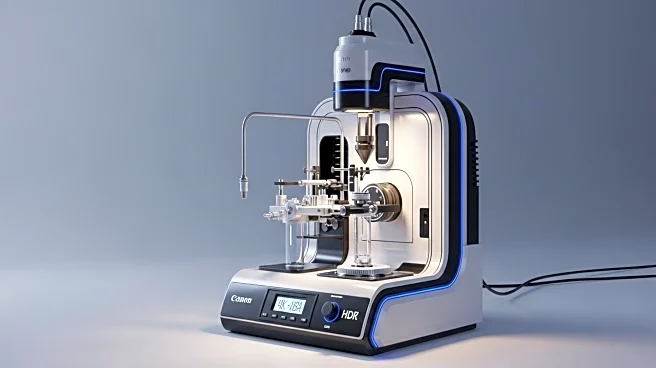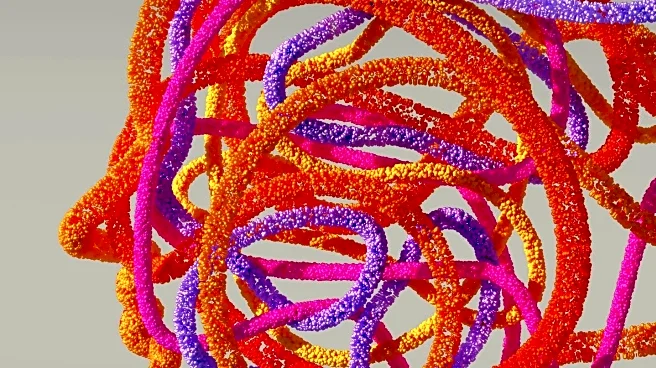What's Happening?
A recent study conducted by scientists from Calico Life Sciences, Stanford University, and the Broad Institute of MIT and Harvard has revealed that the local environment within the brain, rather than the age of the cells themselves, is the primary factor driving the aging of microglia in mice. Microglia are immune cells in the central nervous system that are significantly affected by aging. The research involved transplanting young donor myeloid cells into aging mouse brains, where they quickly adopted aging phenotypes. Conversely, old myeloid cells transplanted into young brains took on a more youthful aspect. The study utilized single-cell transcriptomics and immune cell protein mapping from the cortex and cerebellum of young and aged mice, identifying differential gene expression patterns between cerebellar and cortical microglia. The findings suggest that local cues within the central nervous system drive region-specific aging changes in gene expression and morphology.
Why It's Important?
This research is significant as it challenges the traditional understanding of cellular aging, suggesting that the environment plays a crucial role in the aging process of brain cells. The identification of STAT1-mediated signaling as a controlling axis for microglia aging opens new avenues for therapeutic interventions targeting age-related cognitive decline and neuroinflammation. The study's findings could lead to the development of novel treatments for age-related diseases such as Alzheimer's, by modulating microglial aging and improving cognitive function. The potential to manipulate the brain's local environment to alter aging trajectories in microglia presents a promising strategy for combating neurodegenerative diseases.
What's Next?
Further research is needed to explore the effects of natural cell depletion on other brain cell types, such as oligodendrocytes, and how myeloid cells in different brain niches respond to local environmental signals. The study's authors suggest that their work could pave the way for new studies focused on modulators of microglial aging and potential targets for developing age-related therapeutics. Understanding the role of natural killer cells in interferon signaling and their impact on cognition and neuroinflammation could also lead to breakthroughs in treating cognitive impairments associated with aging.
Beyond the Headlines
The study highlights the complex interplay between the brain's local environment and cellular aging, raising ethical and scientific questions about the manipulation of biological systems for therapeutic purposes. The potential to alter aging processes through environmental modulation could have profound implications for the future of medicine and aging research, challenging existing paradigms and prompting discussions on the ethical considerations of such interventions.











